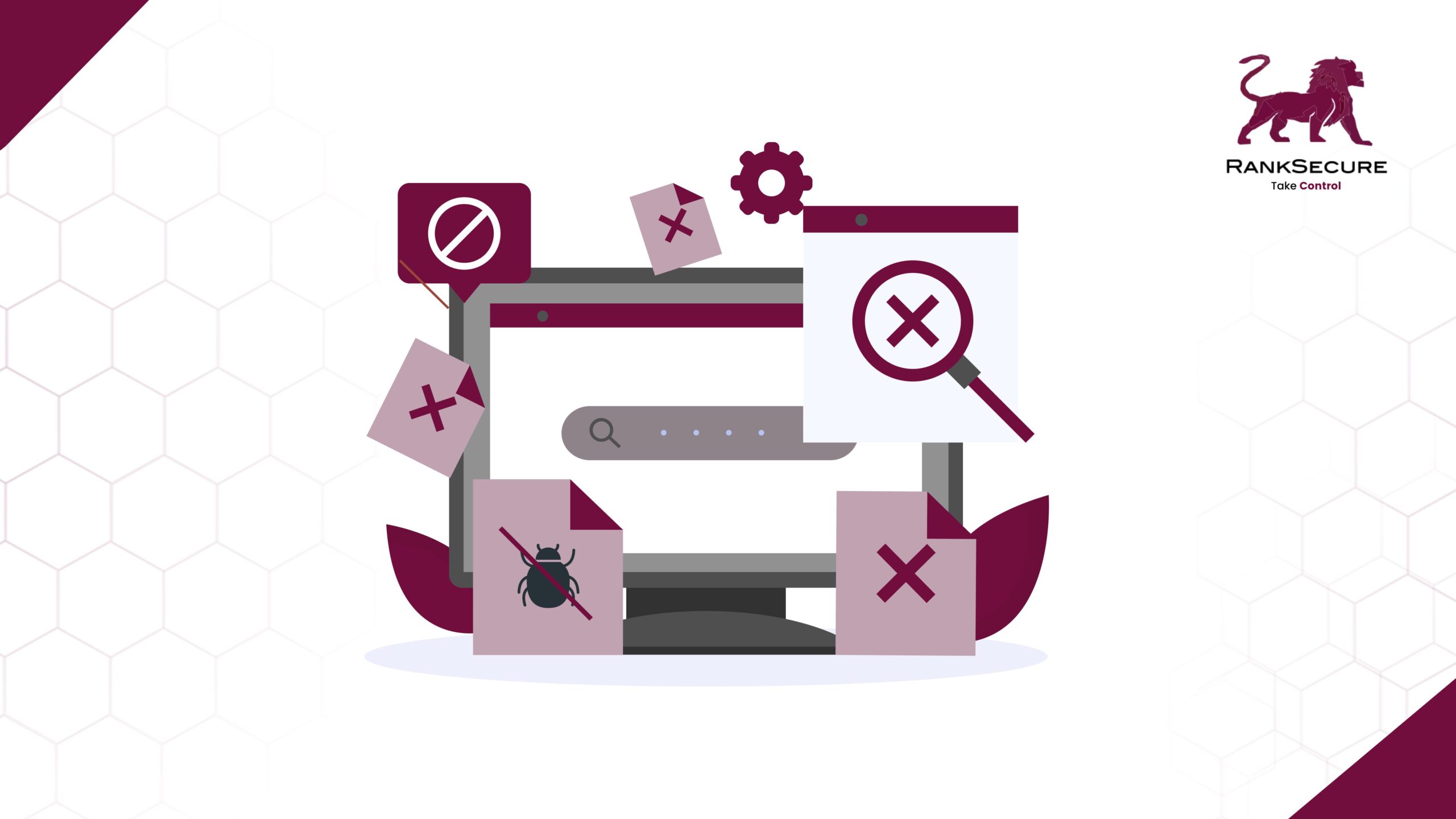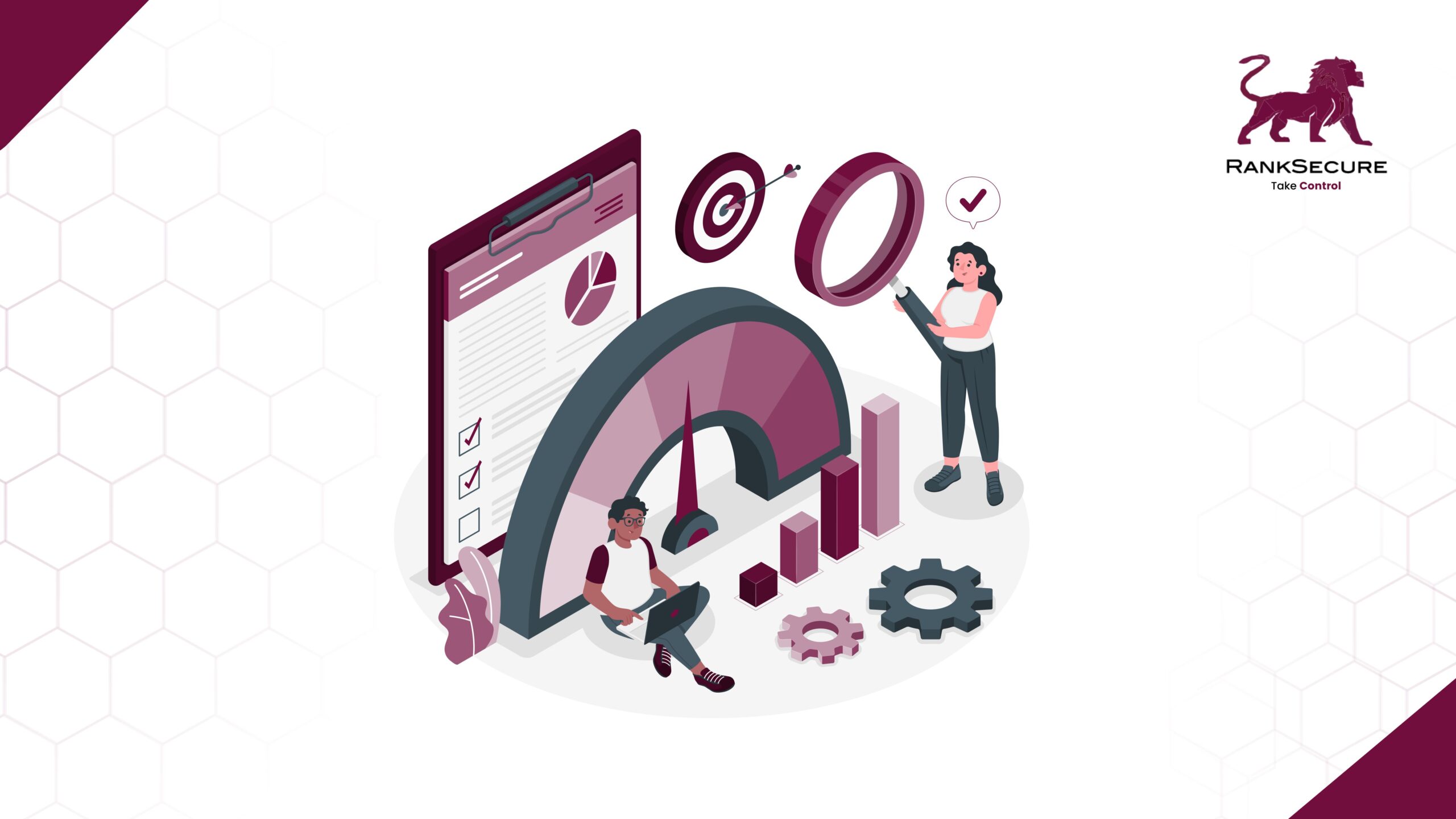
Top 5 Cloud Security Risks And How To Mitigate Them
Cloud computing has revolutionized the way organizations operate by offering scalable, flexible, and cost-effective solutions for their IT infrastructure. However, as more and more organizations move their data and applications to the cloud, the risks associated with cloud security have become a major concern. Cyber threats are on the rise, and cloud-based services are not immune to them. With the increasing number of cyber-attacks and data breaches, it is crucial for organizations to understand the potential cloud security risks and take appropriate measures to mitigate them.
In this blog, we will discuss the top 5 cloud security risks that organizations face and provide strategies to mitigate them.
Data Breaches
One of the biggest cloud security risks that businesses face hugely is data breaches. A data breach occurs when unauthorized parties gain access to sensitive information, such as customer data, financial records, or intellectual property. The breach can happen due to weak passwords, unsecured data storage, or vulnerabilities in the cloud infrastructure. A data breach can result in financial losses, reputation damage, and legal consequences.
How to mitigate the risk of data breaches?
Use strong encryption algorithms
Organizations should use strong encryption algorithms such as AES (Advanced Encryption Standard) to encrypt their data and prevent cloud security risks.
Key management
Proper key management is critical to the effectiveness of encryption. Organizations should use secure key management practices such as storing keys in a separate location from the data they protect.
Insider Threats
Insider threats are another significant cloud security risk which occurs when a trusted employee or contractor intentionally or unintentionally leaks confidential data or introduces vulnerabilities to the system. Insider threats can be challenging to detect and prevent as the insider already has authorized access to the cloud infrastructure.
How to mitigate the risk of insider threats?
Role-based access control
Organizations can implement role-based access control (RBAC) to grant access based on job function or responsibility and limit cloud security risks. This helps ensure that users only have access to the resources necessary to perform their job duties.
Monitoring and logging
Identity and Access Management (IAM) is a security strategy that helps organizations manage user access to cloud resources. IAM involves authentication, authorization, and access control. IAM systems should log all access attempts, successful or not, and generate alerts if suspicious activity is detected.
Misconfigurations
Misconfigurations are a common source of security incidents in the cloud. Misconfigurations can happen due to human errors, lack of proper training, or inadequate security controls. Misconfigurations can expose sensitive data to unauthorized parties, provide unauthorized access to critical systems, or create vulnerabilities that can be exploited by cybercriminals.
How to mitigate the risk of misconfigurations?
Vulnerability scanning
Regular vulnerability scanning helps identify vulnerabilities that could be exploited by attackers. Vulnerability scanning should include both the cloud infrastructure and the applications running on it.
Penetration testing
Penetration testing involves simulating an attack on the infrastructure to identify potential cloud security risks. Organizations should conduct penetration testing regularly to identify potential attack vectors.
Insecure APIs
Insecure APIs are another security risk associated with cloud computing. APIs are the interfaces that allow different software systems to communicate with each other. Insecure APIs can allow unauthorized parties to access sensitive data or perform unauthorized actions on the system.
How to mitigate the risk of insecure APIs?
Use secure APIs
Organizations should only use APIs that are secure and have been tested for security vulnerabilities.
Monitor API traffic
Organizations should monitor API traffic for unusual activity or patterns that could indicate an attack. This allows them to identify potential cloud security risks before they affect the systems.
DDoS Attacks
Distributed Denial of Service (DDoS) attacks are a type of cyber attack that can cause disruption or downtime to cloud-based systems. DDoS attacks can overwhelm the cloud infrastructure by flooding it with traffic from multiple sources, making it inaccessible to legitimate users.
How to mitigate the risk of DDoS attacks?
Use DDoS mitigation services
Cloud providers often offer DDoS mitigation services that can help protect against these attacks.
Implement rate-limiting
Organizations can implement rate-limiting on incoming traffic to mitigate the impact of DDoS attacks.
By understanding these common cloud security risks and implementing these security strategies, organizations can significantly reduce the risk of cloud security breaches and protect their valuable data from cyber threats.
Conclusion
Cloud computing offers numerous benefits, such as scalability and cost savings, but it also comes with inherent security risks. It is essential to prioritize cloud security and ensure that security measures are regularly updated to keep pace with the changing threat landscape. With the right security measures in place, organizations can enjoy the benefits of cloud computing without compromising the security of their data.
It is recommended that organizations consult with security experts and work closely with their cloud providers to implement a comprehensive security strategy that meets their unique business needs.
Recent Posts
How to Implement IT Asset Management for Maximum ROI
Organisations are not breached because their defences failed. They are breached because their visibility did. In most enterprises, the issue is not that assets are unmanaged. It is that too many are unaccounted for. Legacy systems operating outside policy. Cloud workloads deployed beyond governance. Endpoints that no
How VAPT Supports Zero Trust Security Models
If Something Can Go Wrong in Security, It Eventually Will That’s the reality Zero Trust is built for. It assumes users will click what they shouldn’t. Devices will connect from untrusted networks. Credentials will leak. And one misconfigured rule can open access far beyond what was intended.
How GRC Tools Help Finance, Healthcare & Retail Teams
No risk or compliance team ever sets out to operate in abstraction. Yet that’s exactly what happens when sector context is stripped from the systems that underpin decision-making. It’s not about whether the frameworks are there because they are. The problem is that they’re misaligned with how each







